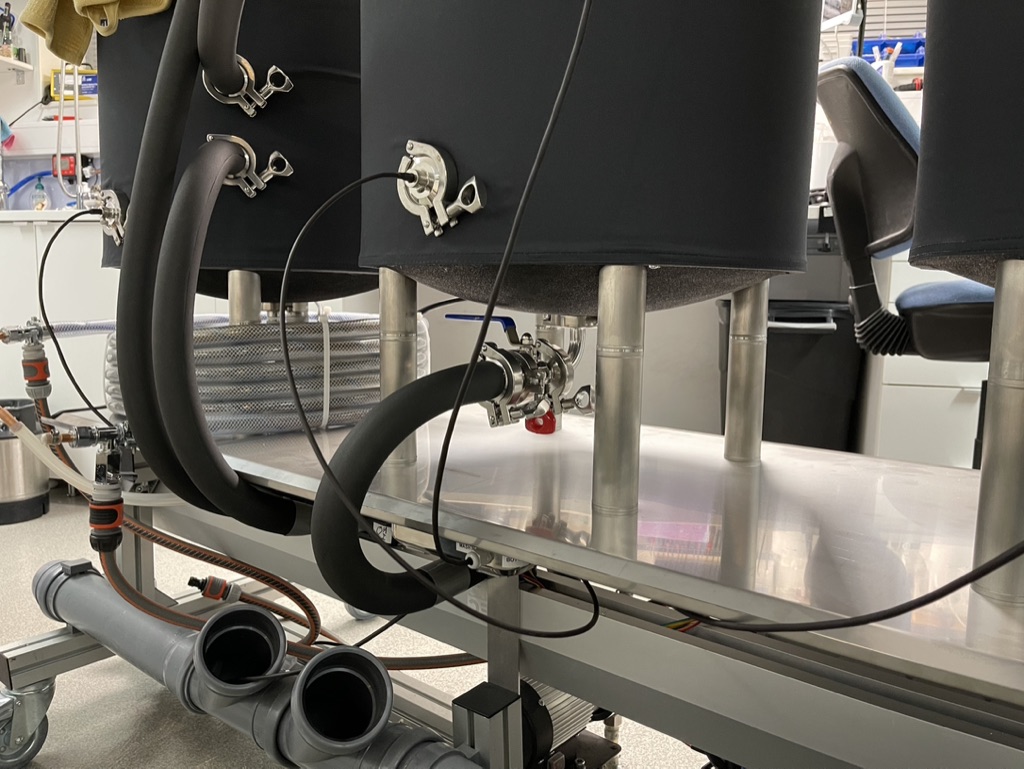
(click for more info.)
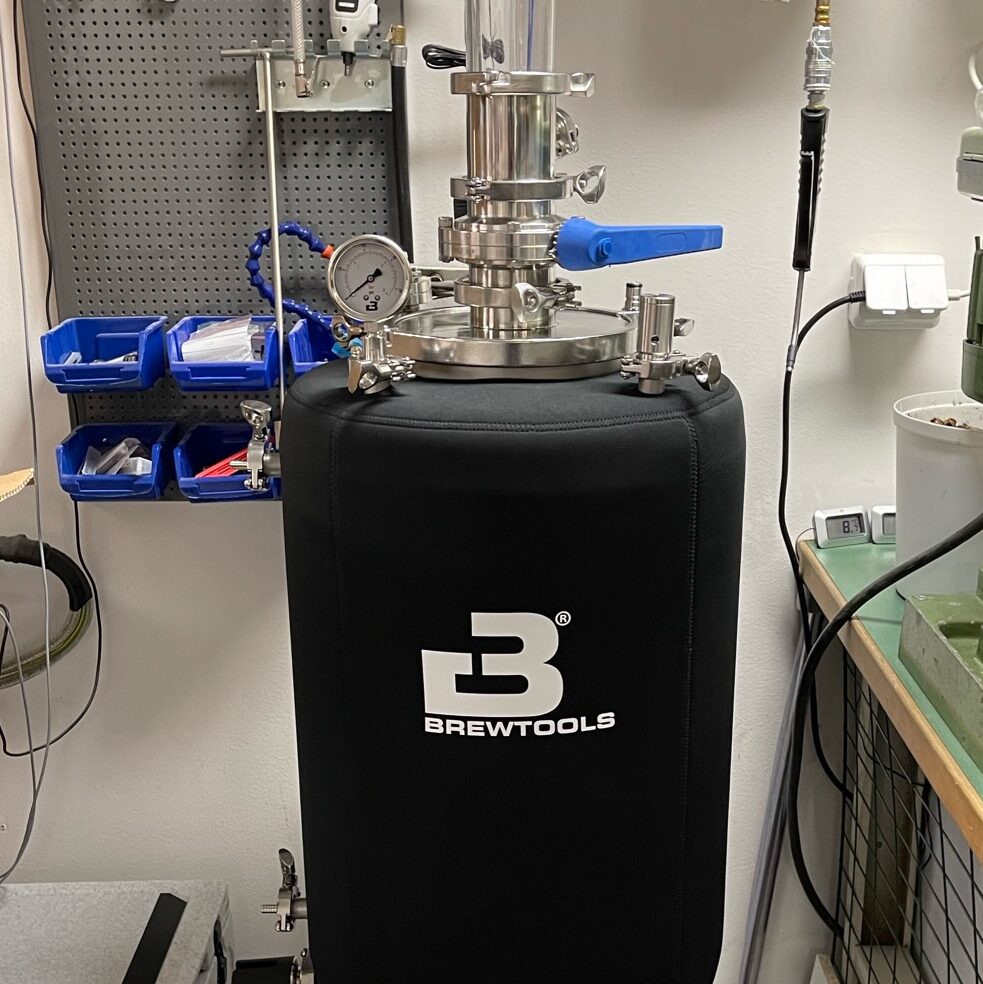
(click for more info.)
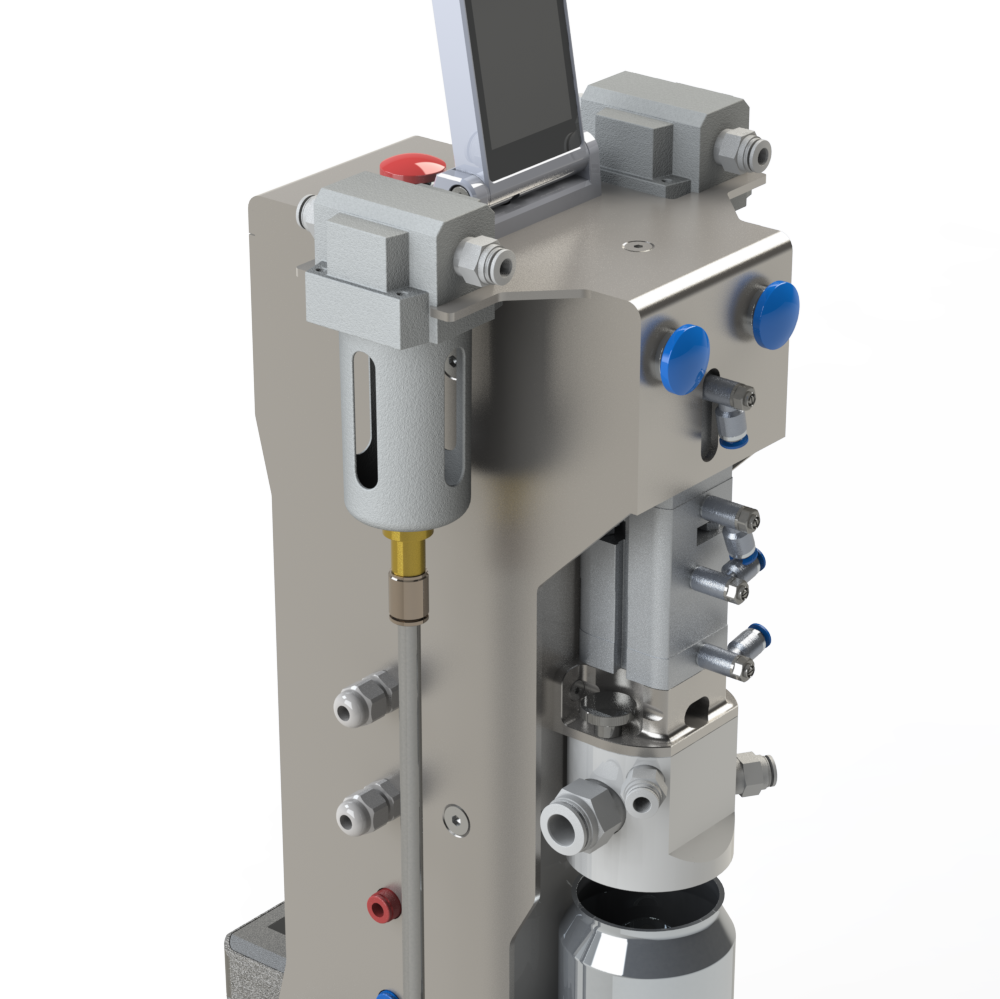
(click for more info.)
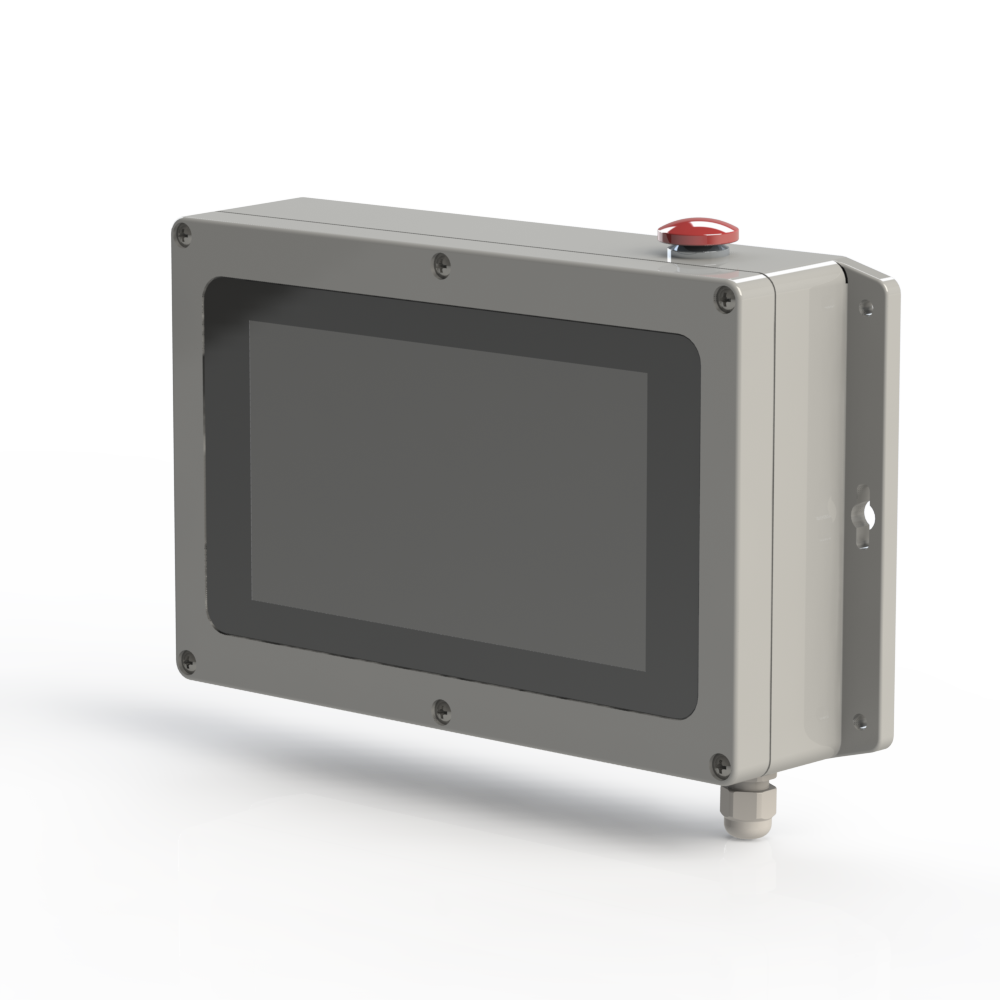
(click for more info.)
Blog posts
Use links above (click the images) for main articles.
-
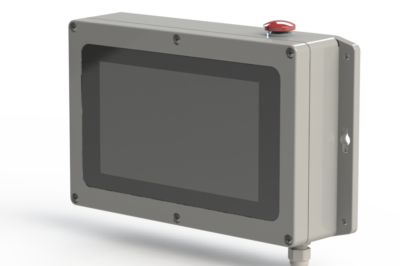
The LoniBrew controller is here!
Read all about it at the systems main page!
-
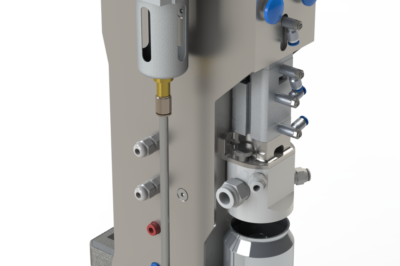
The LoDoFiller is here!
Something we have been working on for a long time! Check out the main page for the system!
-

Sanitary pinch valves, updated design
Discover Our Redesigned Pinch Valves We’ve upgraded our original pneumatic pinch valves with a durable anodized aluminum body, offering enhanced…
-
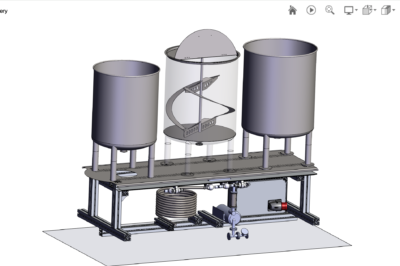
View our brewery in 3D
Not complete but you get the picture
-

Gammabrewery Showcases Innovative Brewing Solutions at Beer and Taste 2024
We’re excited to announce that Gammabrewery, in collaboration with Winterland Brewery and Lonitech AB, will be presenting our latest brewing…
-
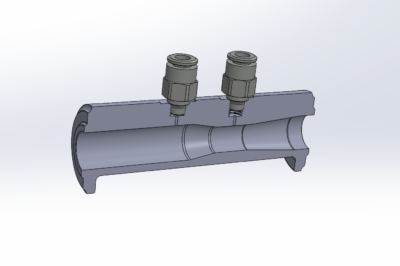
Venturi pipe for flow measurements
As we were going through the brewery’s hose system and replacing the sanitary valves, we also found the need to…
-

Pneumatic pinch valves
Due to our constant pursuit of enhancing our system, we began reevaluating hoses and flows within the brewing system. The…
-
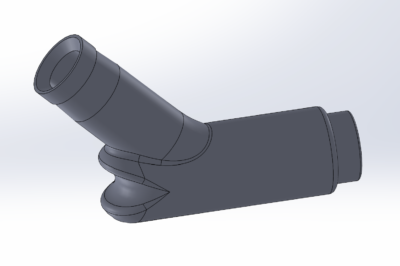
Cleaning adapter for the sample coil
We think that flushing the Brewtools sample coil after taking a sample is kind of messy and designed and printed…
-

Volume sensor for the fermenter (from xxx)
Pending an NDA (non disclosure aggrement) with yyy.. can’t say more right now 😉
-
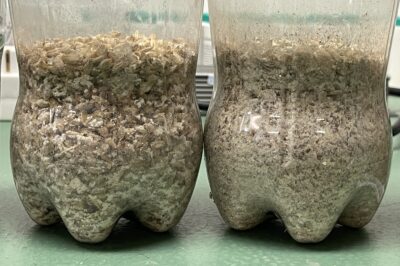
Grain conditioning experiments
At the beginning of our career as brewers (about 2 years ago) we experimented with conditioned grains to boost the…
-
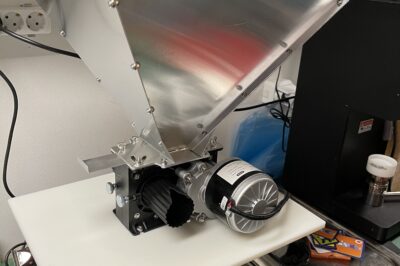
The NEW mill
Fell for the add on Facebook and ordered the KegLand MaltZilla Premium. Citing KegLand The MaltZilla Diamond Mill is quite…
-
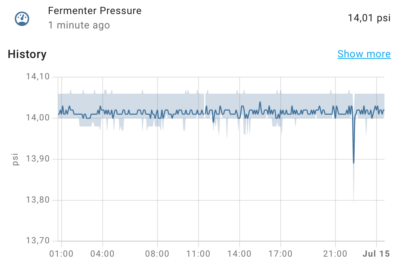
Electronic spunding valve
We have thought about building an electronic spunding valve for a while. We have measured pressure accurately and logged it…
-

Volume sensor for the fermenter (from weight)
The differential pressure based volume sensor is kind of tricky to use and have a lot of “moving parts” so…
-
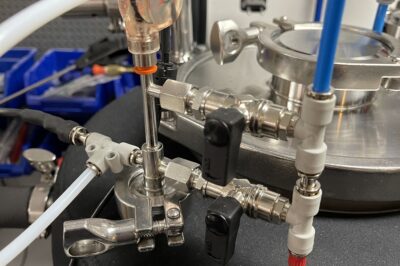
Volume sensor for the fermenter (from differential pressure)
Knowing the “exact” wort volume in a fermenter is “crucial” for quality control during the brewing process. However, measuring the…
-
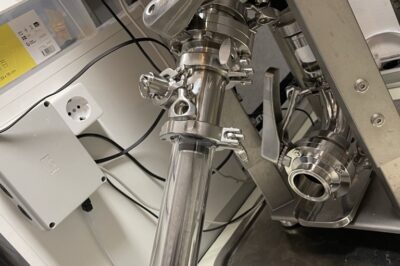
Inline Filter Kit
We just had to have one 🙂
-
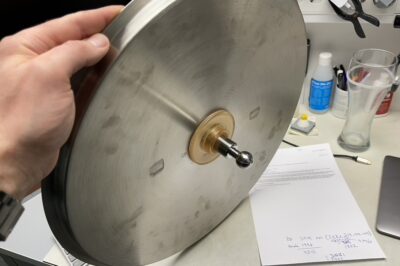
CIP-lid for the brewery
We use a CIP-ball for the fermenter and it works really great. We would like to use CIP on our…
-
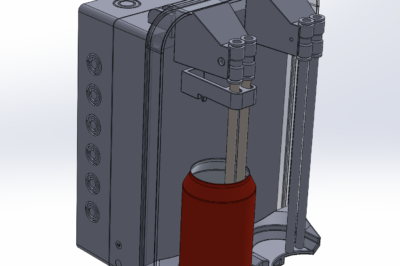
The LoniFiller (retired)
Inspired by the DuoFiller we designed our own dual can filler with automatic level sensors and purging. Please note that…
-
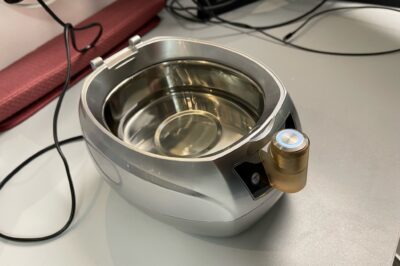
Foam booster
We do everything by the book and normally aim for about 2.4 volumes of CO2 i.e., use the pressure and…
-
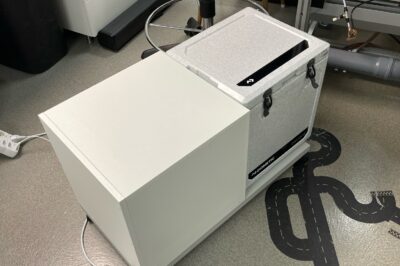
DIY glycol chiller and fermenter controller
When we invested in a Brewtools F80 fermenter we needed a glycol chiller for it. As usual we decided to…
-
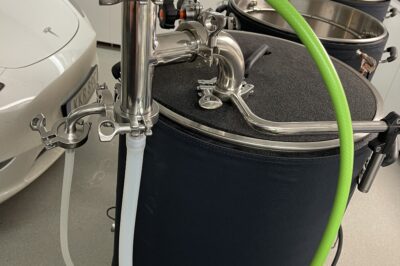
Steam condenser
We do our brews in a garage, a large private garage but we do not want to destroy the ceiling…
-
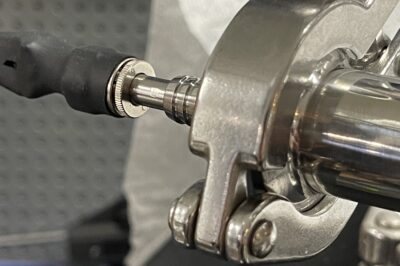
Digital pressure sensor for the fermenter
Everything we do is connected 🙂 The pressure sensor of the fermenter is no exception. We used the same typ…
-
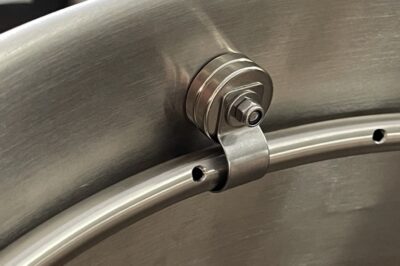
Sparge arm/mash manifold
We have used the “standard” sparge arm that is designed for the MLT but we wanted something that was more…
-
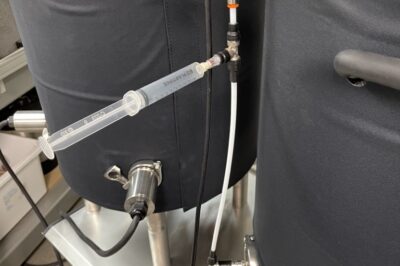
Digital “suction” sensor
Many brewers use manometers or clear hoses at the bottom of the MLT to monitor the pressure below the grain…
-
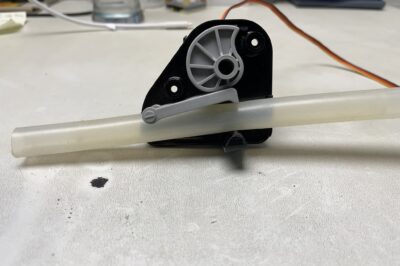
The servo valves (OLD)
These valves are now retired and replaced with Pneumatic pinch valves. About the only thing we salvaged from our first…
-
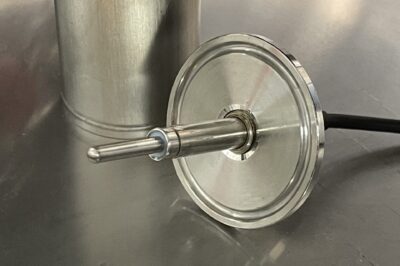
Temperature sensor system
We use six temperature sensors in the brewery for measuring the We use 1.5″ thermo wells for HLT, mash bottom…
-

DIY Counterflow Cooler (old)
At first we used a plate heat exchanger but they are a pain to clean and not very effective so…
-
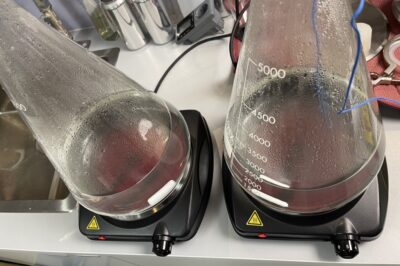
Pyrex Erlenmeyer flasks
After preparing starters in a kettle and the transfer hot wort to no-name Erlenmeyer flasks and then cool them in…
-
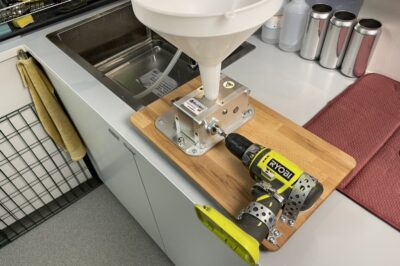
The OLD mill (sold)
Well, its a mill with a power drill attached, mounted on a cutting board from IKEA. It is very sturdy…
-
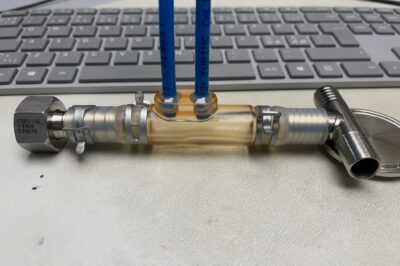
Venturi pipe for flow measurements (OLD)
This system is now updated with a bigger version! We started with a traditional flow sensor with an impeller but…
-
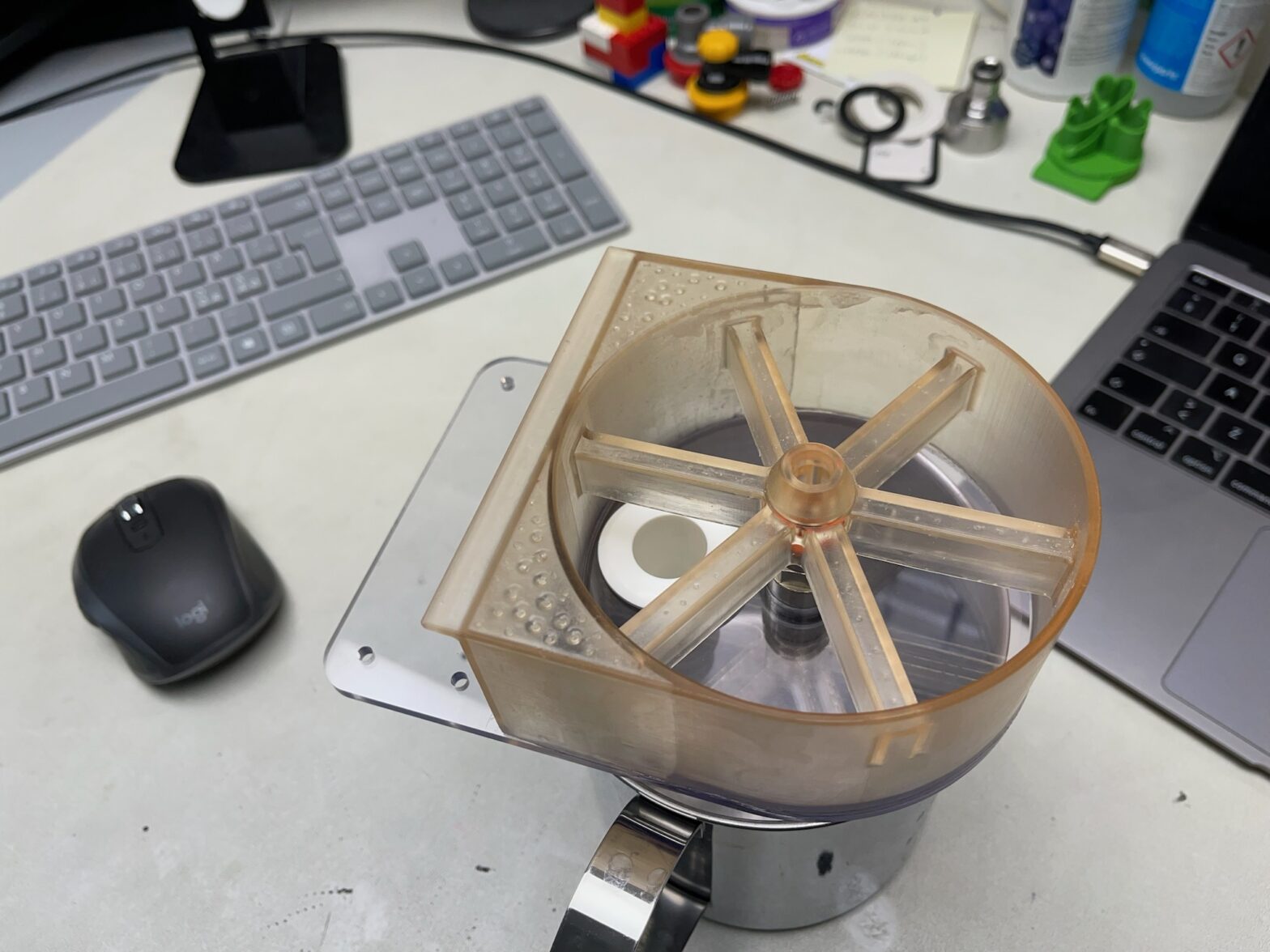
Can rinser
To sanitize and wash out any dirt from the cans befor filling them we designed this little can rinser with…
-
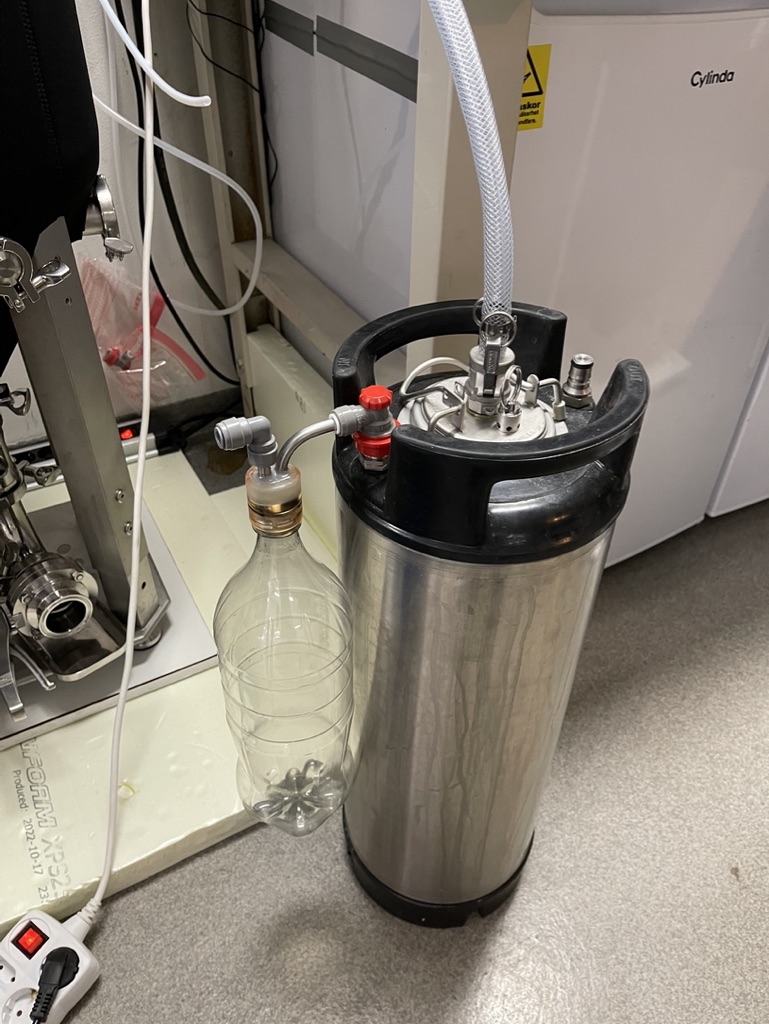
Krausen buffer
After a few mishaps with krausen finding its way up the hose to our spunding valve (with our former fermenter),…
-
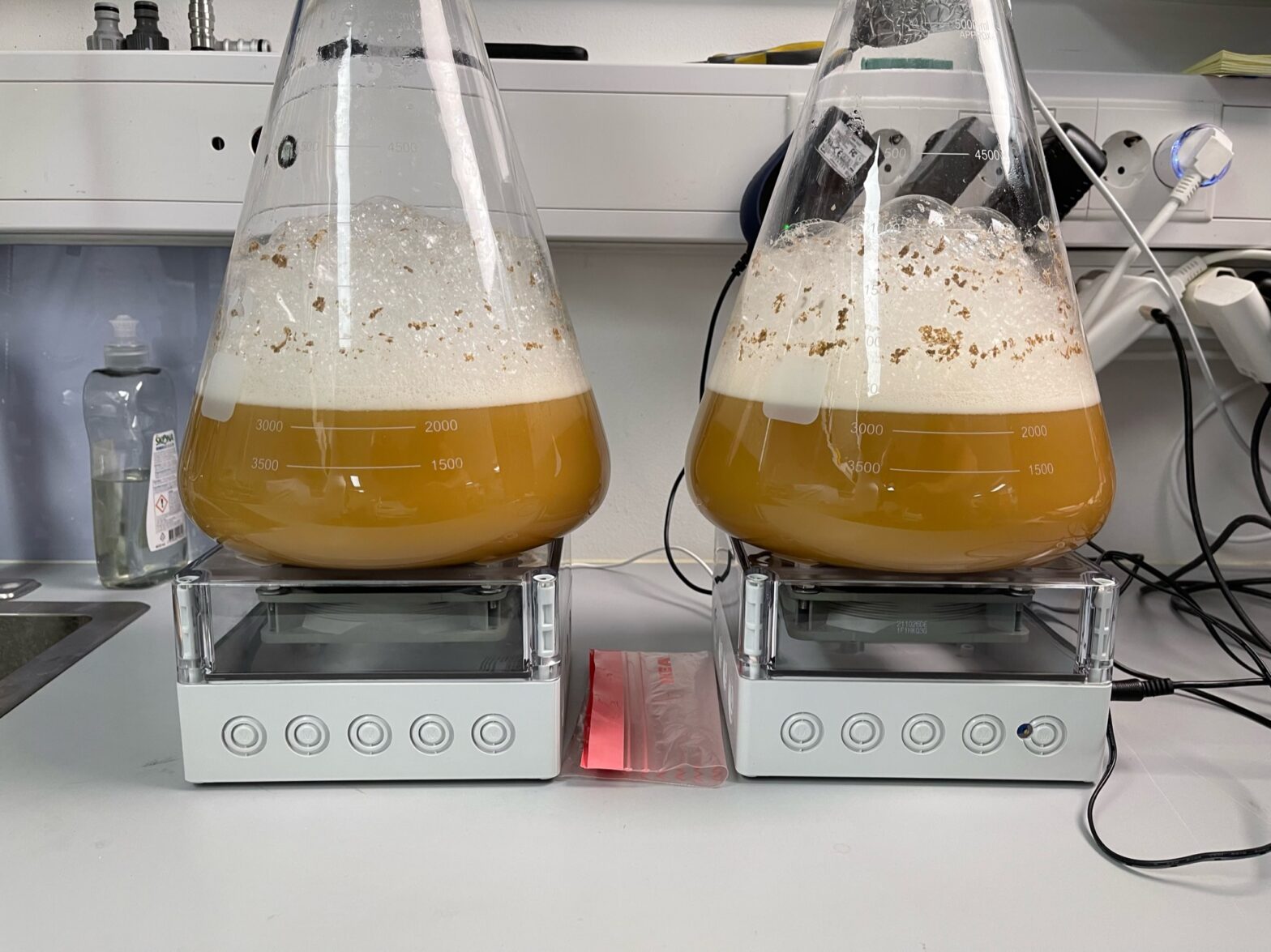
Magnetic stirrer for starters
Of course we need two magnetic stirrers for our nice Pyrex Erlenmeyer flasks to make starters in. And why buy…
-
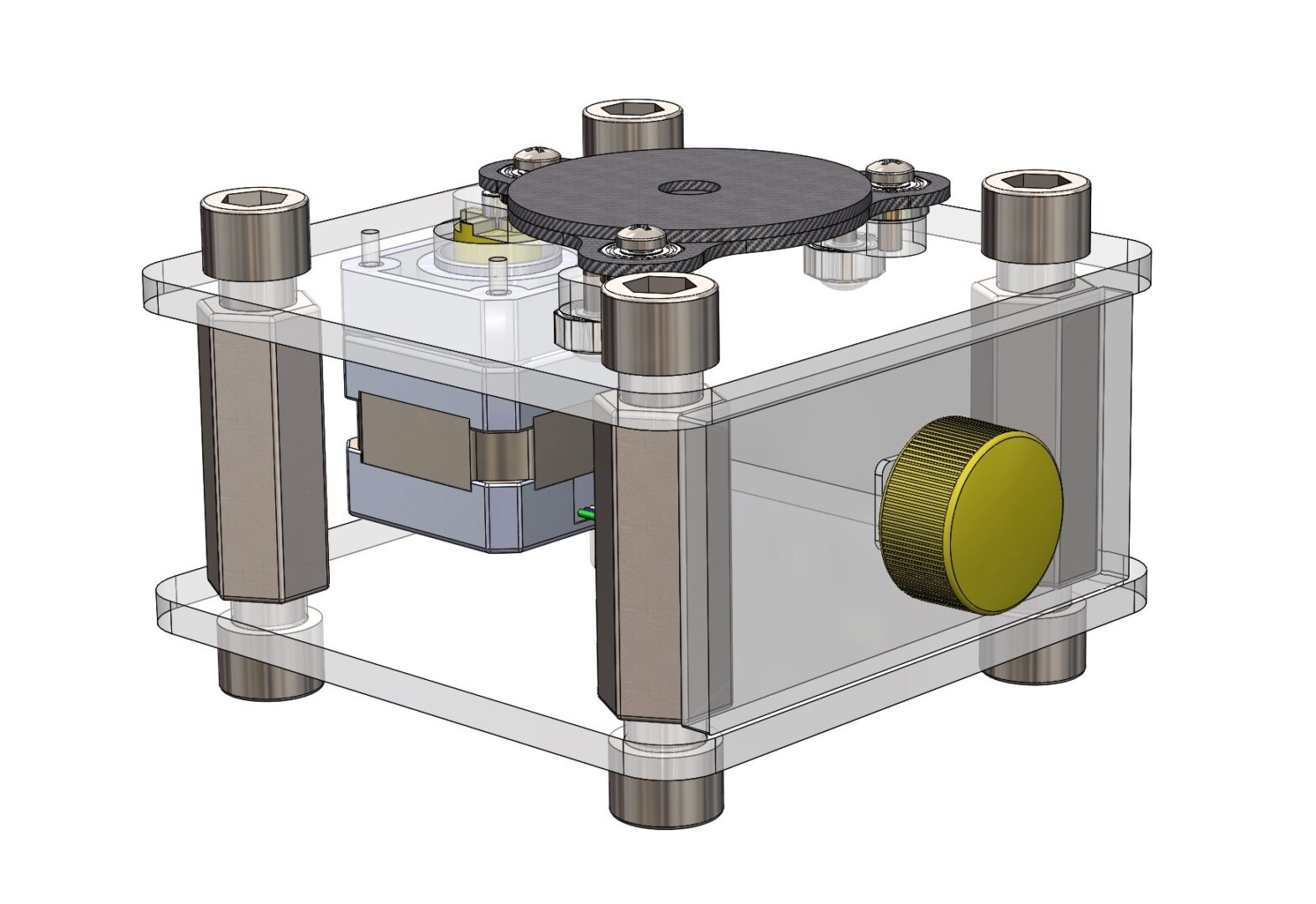
Orbital shaker for degassing SG samples
When we invested in an EasyDens SG meter we started to investigate the best way to degass samples for it…
-

Suppressing temperature gradients in the fermenter
Due to the physical properties of liquids, especially water, there is a great gradient in temperature of the liquid in…